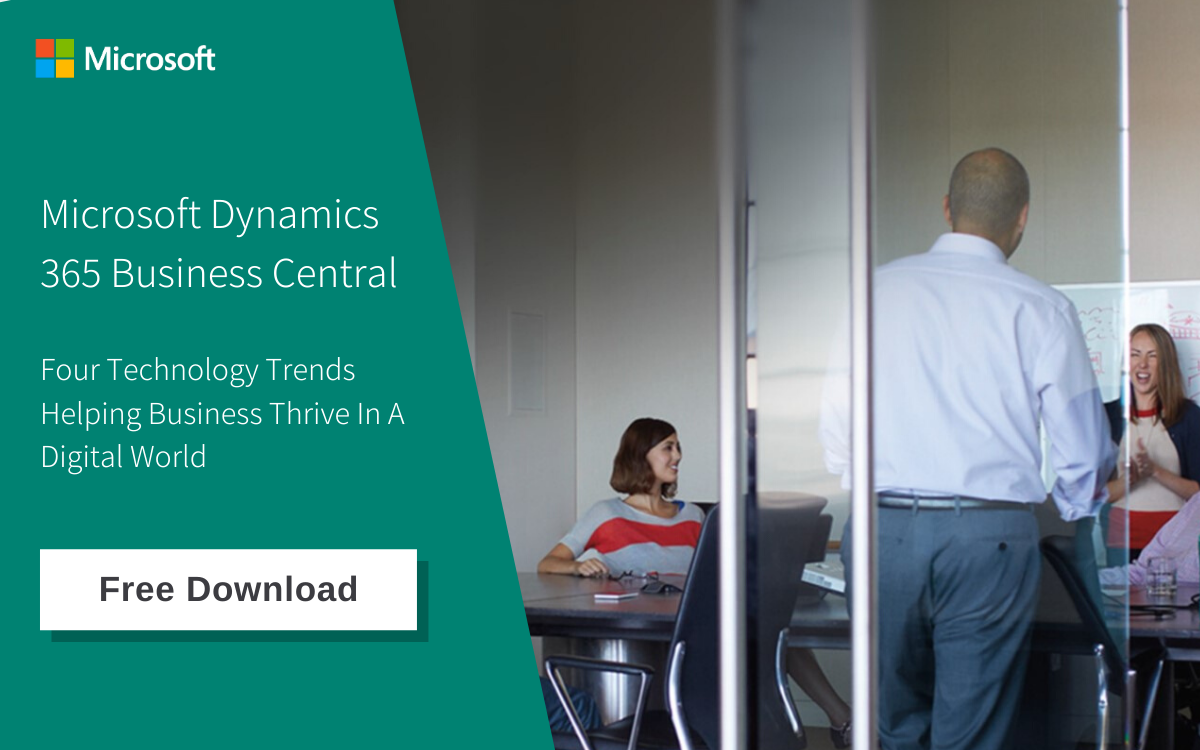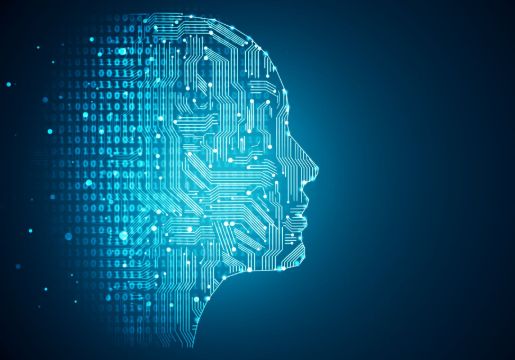Nine in ten businesses in Singapore recognise the importance of business transformation in retaining their relevance and competitiveness in their industry, according to the National Business Survey conducted by the Singapore Business Federation (SBF).
This tracks with another survey conducted by United Overseas Bank (UOB), which found that more than half of Singapore’s small and medium-sized enterprises (SMEs) are prioritising measures to boost productivity in the face of mixed business sentiment this year, and 65% have already invested in digital solutions for that purpose.
But despite the growing consensus about the importance of digital transformation, only about three in ten SMEs in Singapore have taken action to implement new technologies in their business processes.
If SMEs are aware of how critical it is to undergo business transformation in the digital age, why have most of them not managed to follow through on it?
While there are many reasons why SMEs are leery of investing in technology despite acknowledging the necessity, one important factor is that many of them lack an overall strategy for the digital transformation process.
If this sounds like your business, you may be uncertain about which digital solutions to adopt, or how to deploy them into your systems to provide the most value.
Whatever your business needs may be, you may want to seriously consider the implementation of a modern ERP software into your business systems as a first step on your path to business transformation.
That’s because of technology trends which have been emerging in ERP in the past few years, which will characterize the modern ERP software solution of the near future.
As it integrates all of the disparate IT infrastructure in use by your departments and subsidiaries into a single system, the implementation of a modern ERP solution can serve as a starting point on the path towards digital transformation for your business.
Once implemented, a modern ERP software can integrate these new technological trends into your business model seamlessly, and help you realise the benefits of adopting the latest business technology much more quickly and easily.
In this article, we’ll go over five of the top technological trends that will define ERP in 2020 and the next decade, and what it can mean for your business.
1. The Rise of Two-Tier ERP
Back in the days of legacy ERP software, many businesses deployed a single ERP software for the main purpose of automating the back-end operations of their corporate office and their subsidiaries.
Unfortunately, this resulted in many cases of implementation failures, as a one-size-fits-all solution could not be easily customised; thus, they often proved inadequate for subsidiaries which had differing business needs from their corporate office.
However, one emerging trend that will become more common from 2020 onwards is the rise of the two-tier model, which was developed from the lessons learned from those failed efforts.
The two-tier ERP model involves the dual implementation of ERP software within a company, and is characterised by;
- A ‘Tier 1’ ERP system implemented at the corporate level, also known as the ‘legacy application’, and
- ‘Tier 2’ ERP systems which are individually implemented and managed by the subsidiaries of the company.
That means that if your business;
- Has spun off a small subsidiary that has grown large enough to need the features or functionalities of an ERP system;
- Has acquired another company that lacks an ERP system of its own, or has an ERP software that is obsolete and/or unsupported and in need of a replacement, or;
- Has a subsidiary that operates in a different industry from your corporate office,
Then a two-tier ERP model would be suitable for your business.
The advantage of the two-tier ERP model is that it allows your subsidiaries to customise their Tier 2 ERP software so that it is optimised to handle their unique business needs, which may not be shared by your corporate office.
At the same time, it ensures that the IT infrastructure of your subsidiaries remain integrated with that of your corporate office through the two-tier ERP model, ensuring that data from your subsidiaries can still be collected and placed at your fingertips through generated reports.
That said, the two-tier ERP model is not a perfect panacea, as it can lead to duplication of effort by employees in both your corporate office and subsidiaries.
It also remains vulnerable to user error, as an employee in your subsidiaries omitting crucial business data – such as customer orders and financial details – can affect the accuracy of the records generated at your corporate office.
Despite these, the two-tier ERP model offers more than enough benefits to offset these potential issues, and that’s why it will grow increasingly popular as an option for ERP implementation projects going forward.
2. The Power of Cloud Computing
The emergence of cloud computing is probably one of the biggest technological advances that have affected ERP in the past two decades.
It has led to the introduction of cloud ERP software, which offers many advantages over the traditional on-premise ERP solution.
The reason that ERP has long had a reputation as being an expensive business software solution that are not affordable by SMEs, is due in large part to the fact that on-premise ERP software came with high costs associated with startup fees and hardware investments.
In addition, on-premises ERP are saddled with limitations which are only becoming more obvious in the current day, such as difficulty scaling with the growth of the business and a lack of integration with emerging technologies.
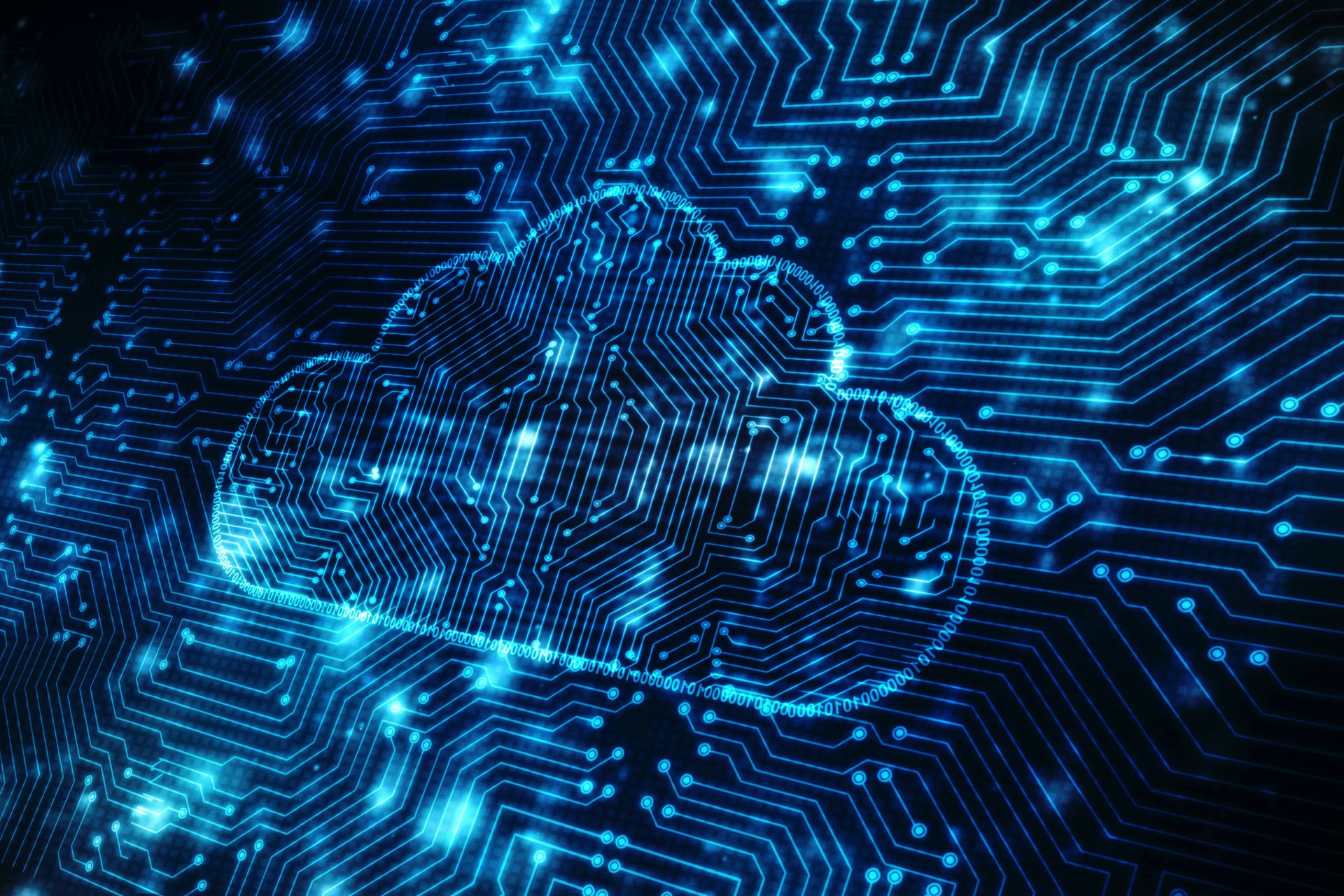
But with cloud computing and the resulting emergence of cloud ERP software, your business now has many reasons to jump onto the ERP train.
Firstly, cloud ERP can be more affordable for SMEs like your business, as you can choose to acquire only the modules that address your immediate business needs.
Because they are also easily patched over the Internet, you can also keep your cloud ERP software up-to-date with the latest features and security measures, without having to spend your limited budget on expensive hardware maintenance and upgrades.
But affordability isn’t the only selling point for your business, as cloud ERP can also offer you new features that were not available before. These include B2B e-invoicing and integration with blockchain technology, amongst others.
Because it’s hosted on the vendor’s or partner’s servers, cloud ERP can also give your business access to the computing power necessary to make use of artificial intelligence (AI), an option which may not otherwise have been financially feasible for your on-premise solution.
These advantages are why cloud ERP solutions such as Oracle – NetSuite have been steadily gaining ground on their on-premise counterparts in the last few years, and why the cloud ERP market size is projected to grow to US$37.7 million by 2024.
Even established brand names are getting on board with this trend, with Microsoft launching Business Central as a true Cloud version of Navision, and SAP getting ready to do the same with Business One with the launch and roadmap for Version 10 of their ERP for SMEs.
All these points to cloud computing defining ERP software for the next decade, starting from 2020.
3. Modern ERP As A Platform For Artificial Intelligence In Business
Speaking of AI, 53% of businesses are planning to integrate the technology into their ERP software with another 33% having already started the process, according to Finances Online.
While add-ons designed to integrate AI functionalities into business systems have existed for some time, it’s becoming more common for major ERP vendors to ship their modern ERP software with built-in AI functionalities.
That’s because businesses like yours are generating more data from operational processes than ever before, and need a way of analyzing this wealth of data so that it can be useful for informing your business decisions.
Through practical applications of AI such as machine learning (ML) and natural language processing (NLP), AI-driven ERP software can recognise patterns in the data generated by your business and subsidiaries, giving you a greater level of insight into your business processes.
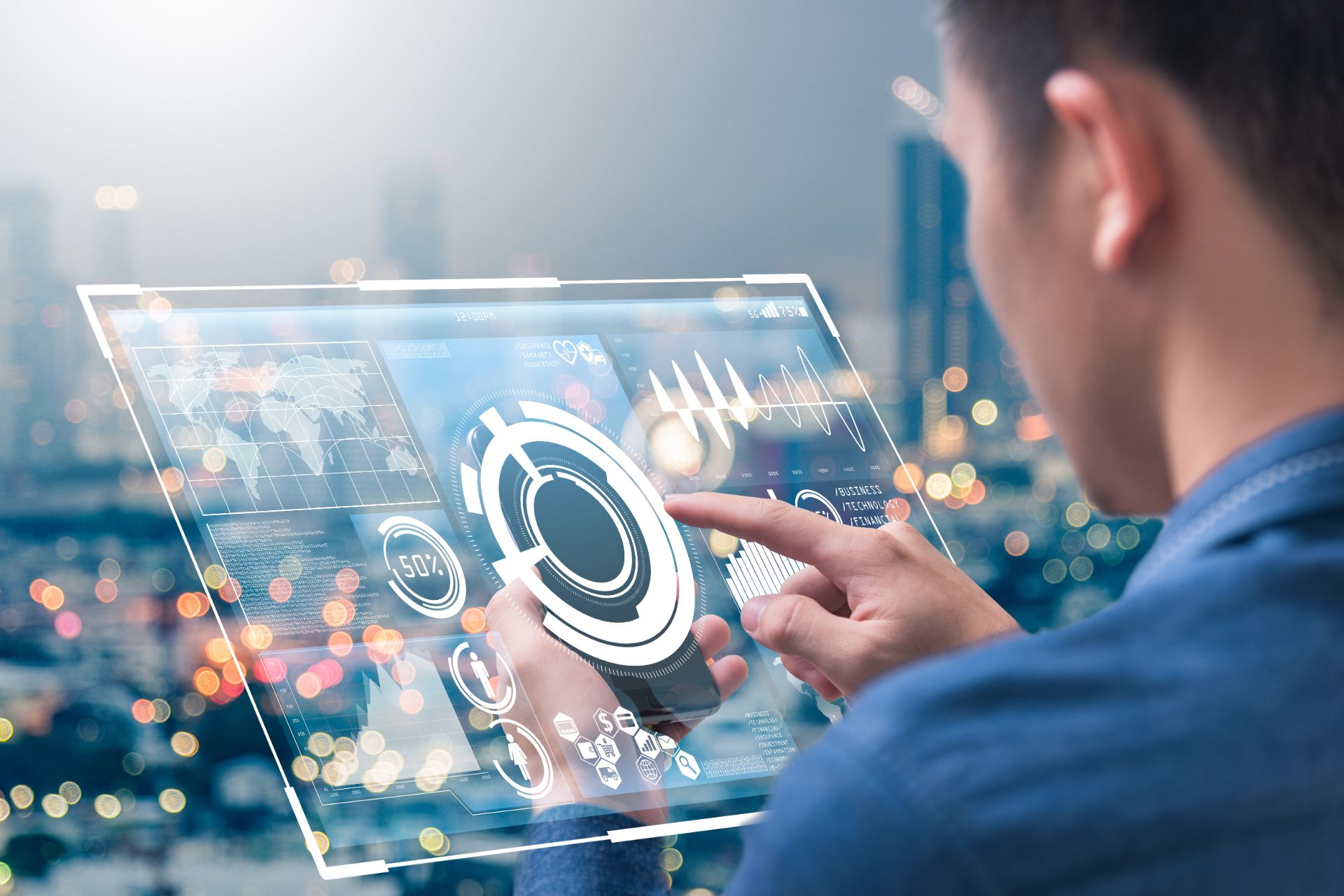
It can also automate hours’ worth of routine processes, create and manage effective workflows, and minimise human errors. This means that your employees no longer have to spend their time on them, and can instead focus their efforts on activities that provide more value to your business.
In fact, modern ERP software have evolved from their original purpose of integrating back-end processes into their modern-day iteration as a platform for incorporating efficiency-boosting AI features and functionalities throughout your business.
Therefore, to ensure that your business can thrive in the data-driven economy of the next decade, it’s a good idea to implement modern ERP software as the foundation for integrating such powerful AI features into your various operations and processes.
4. The Proliferation of Mobile ERP Apps
The modern-day workforce is a mobile one, with constant access to their mobile devices such as smartphones and laptops.
This means that support for mobile apps are becoming one of the basic features that are expected with modern ERP software, and will become commonplace in the next decade for very good reason.
After all, a mobile ERP app gives you and your employees on-the-go access to business data, and carry out business operations in any place, at any time.

For example, your salespeople can utilise their mobile device of choice to close deals even if it’s outside your office hours, because the mobile app gives them access to all the data and tools they need to make the close.
But mobile ERP apps are not just a one-way street; they also serve as a much more accurate and convenient data capture process in the field.
By using the mobile app, your employees can gather and key in information on-the-go, and it will automatically update the data on your ERP software.
Because of this, your business get can real-time updates on data directly from the field, allowing you to respond to the latest developments on an immediate basis.
As you can see, mobile ERP apps lets you make decisions more quickly and increase the efficiency of your workflow and other processes, leading to a significant positive impact on the overall productivity of your business.
This means that mobile apps will become more ubiquitous over the next ten years, as major vendors of modern ERP software will provide them as a standard feature of their products in response to demand.
5. Integration of ERP With the Internet of Things
Back in 2017, Gartner estimated that there would be more than 20 billion Internet of Things (IoT) devices by 2020.
That’s because by connecting every sensor or physical device in a network, IoT brought about opportunities for businesses to offer products and services that were not considered to be possible before.
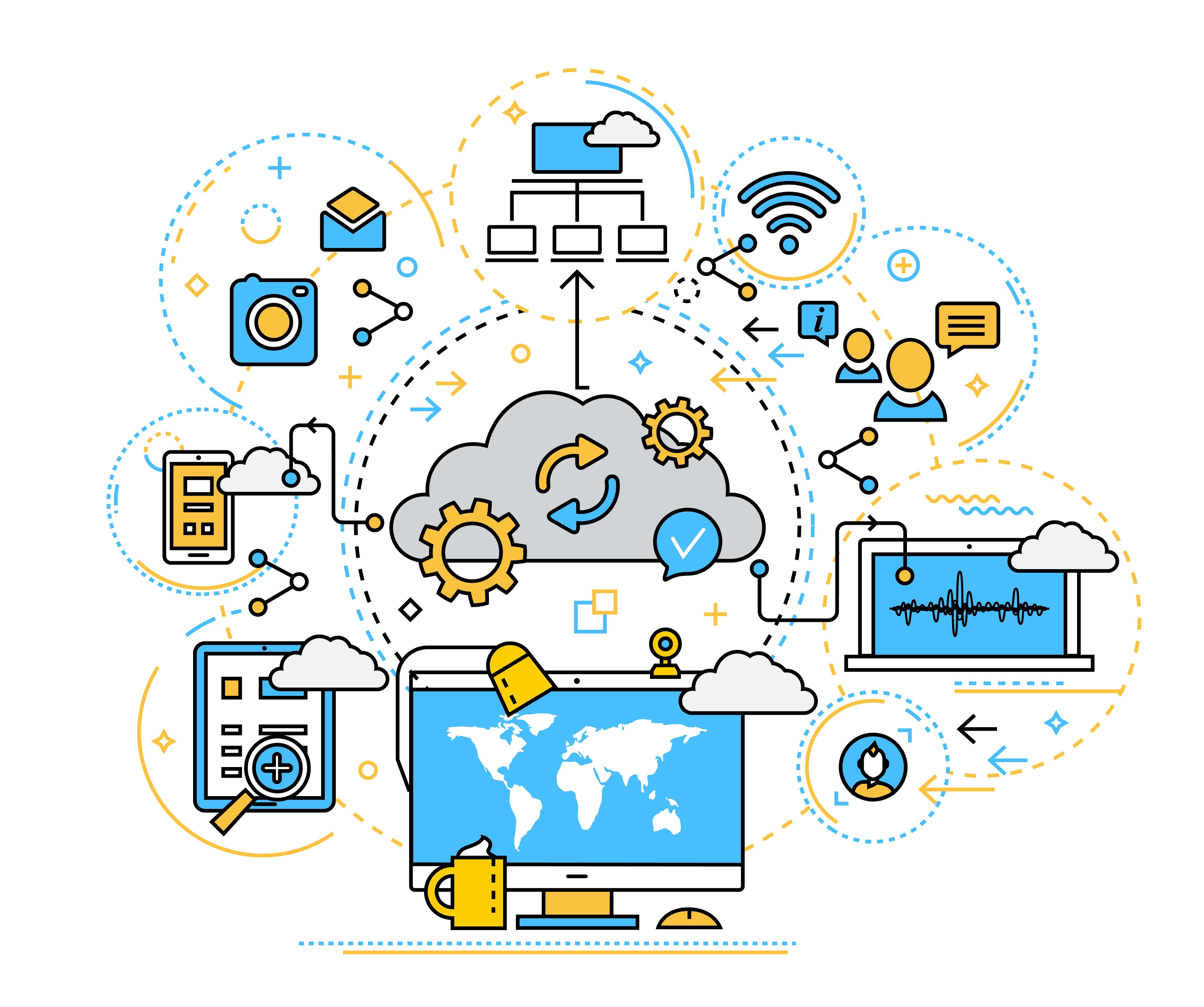
Although the concept of integrating IoT with ERP has been known for some time, legacy ERP software were not designed to integrate data from a network of sensors, which has delayed efforts to integrate both business technologies into a cohesive whole.
However, modern ERP software are designed to be able to interface with the sensor network in order to fully maximise the capabilities of IoT.
And if your business is in the manufacturing industry, integrating a modern ERP software integrated with IoT devices installed within your production space can give you full visibility of your entire supply chain.
With this level of visibility, you’d be able to;
- See real-time data from your production processes that shows you how to further optimise them,
- Track and plan your inventory more accurately,
- Complement troubleshooting and maintenance to reduce downtime, and
- Get insights that will inform your efforts to improve product quality
Integrating modern ERP software with your IoT devices will be one of the easiest ways in the next 10 years to improve the efficiency and productivity of your business in all areas, while keeping your costs down at the same time.
The Face of ERP Software In The Next Ten Years
ERP has come a long way since its first iteration three decades ago, and the purpose of the business software is shifting in response to these recent trends.
Some of them are the result of lessons learned from the past, such as the two-tier ERP model and the increasing integration of IoT into ERP solutions.
Other trends – like cloud-hosted ERP and AI integration – have resulted from technological advances in the past 10 years, which have greatly expanded the capabilities and use cases of modern ERP software compared to their legacy counterparts.
Then other trends in ERP – such as mobile apps – have arisen as a response to changes in the way we work, and the new business needs that have resulted from that change.
Because of these trends, the modern ERP software is becoming the ideal foundation for the digital transformation of your business, as they are designed to integrate all of these latest technologies and lessons into your processes.
Thus, if you are seriously considering a digital transformation initiative to prepare your business for the demands of the 2020s, it would be worth considering an ERP implementation project as the first step of your journey.

